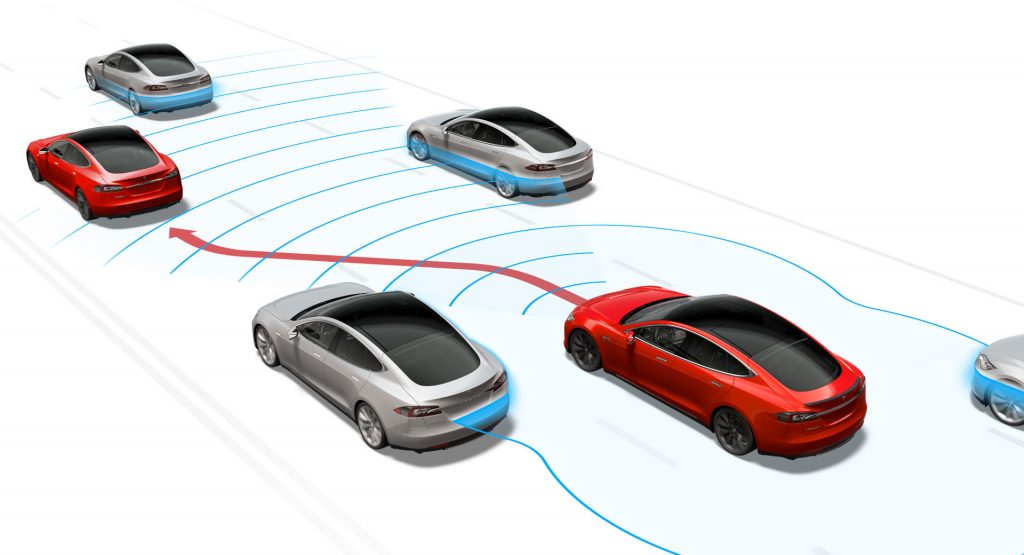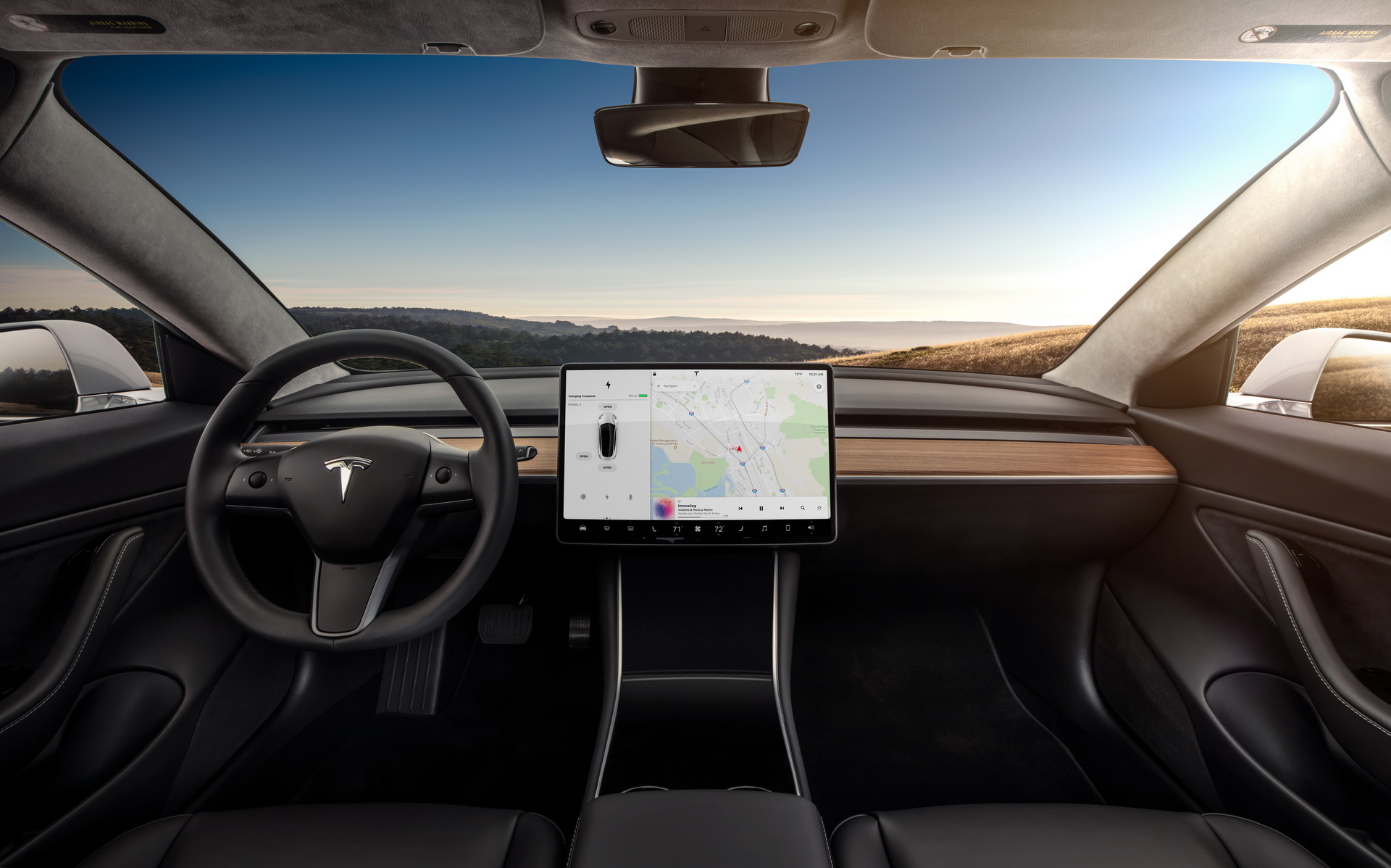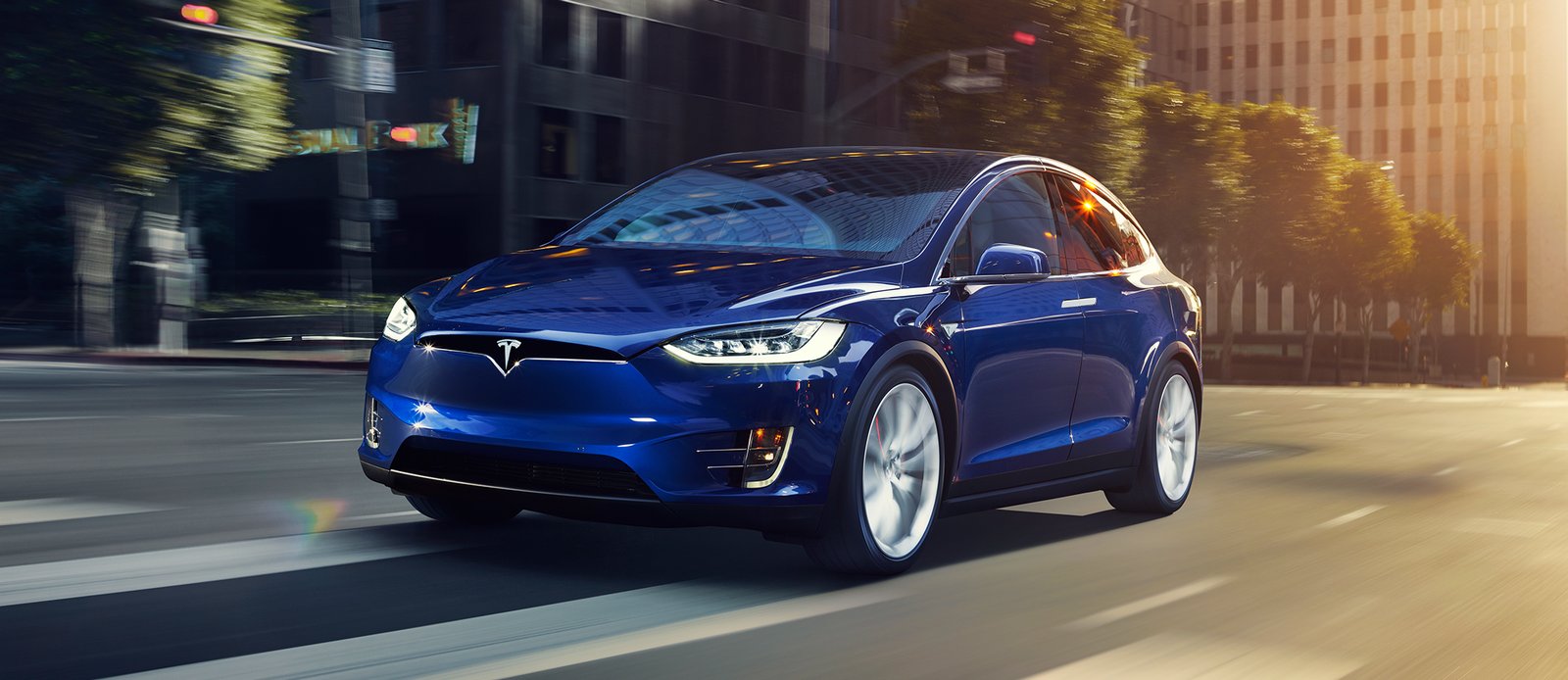Tesla’s Autopilot is probably one of the best known semi-autonomous driving systems on the market, but it’s not perfect and Consumer Reports is calling a recent update potentially dangerous.
According to the organization, Autopilot’s new automatic lane change feature “doesn’t work very well and could create potential safety risks for drivers.”
Included in last month’s Navigate on Autopilot update, the technology promises a “more seamless” driving experience as models equipped with Autopilot can now automatically change lanes. Owners don’t even have to confirm the lane changes by using the turn stalk.
The technology sounds like a good idea, but it apparently doesn’t work very well. According to Consumer Reports, the feature “cut off cars without leaving enough space and even passed other cars in ways that violate state laws.” The feature is reportedly so bad that drivers have to intervene often to prevent the vehicle from “making poor decisions.”
Perhaps the scariest thing about the system is that it doesn’t seem to realize how fast vehicles are approaching from behind. As a result, cars can change lanes and find themselves in the path of a speeding vehicle.
Even merging is problematic as the group said their Model 3 was “reluctant to merge in heavy traffic” and, when it finally did, the car would often immediately apply the brakes to create space between it and the vehicle in front. In effect, the system effectively cuts other drivers off and then brake checks them.
Consumer Reports’ senior director of auto testing, Jake Fisher, was extremely critical of the technology as he said “The system’s role should be to help the driver, but the way this technology is deployed, it’s the other way around.” He went on to say the feature “doesn’t appear to react to brake lights or turn signals” from other vehicles and this means drivers to have to be “one step ahead of it.”
While it might not work as well as owners would hope, Tesla stated its limitations last month. As the company explained, the feature “does not make a car autonomous” and “drivers are responsible for and must remain in control of their car at all times.”
Also Read: Consumer Reports Advises Against Relying On Tesla Model S’ Autopilot
The system won’t change lanes unless hands are detected on the steering wheel and Tesla gives owners the option of requiring a lane change confirmation if desired. Owners can also setup the system to provide audible and steering wheel vibration alerts (on newer models) about upcoming lane changes.
It’s unfortunate the technology doesn’t live up to full potential, but future updates could potentially improve the system.











